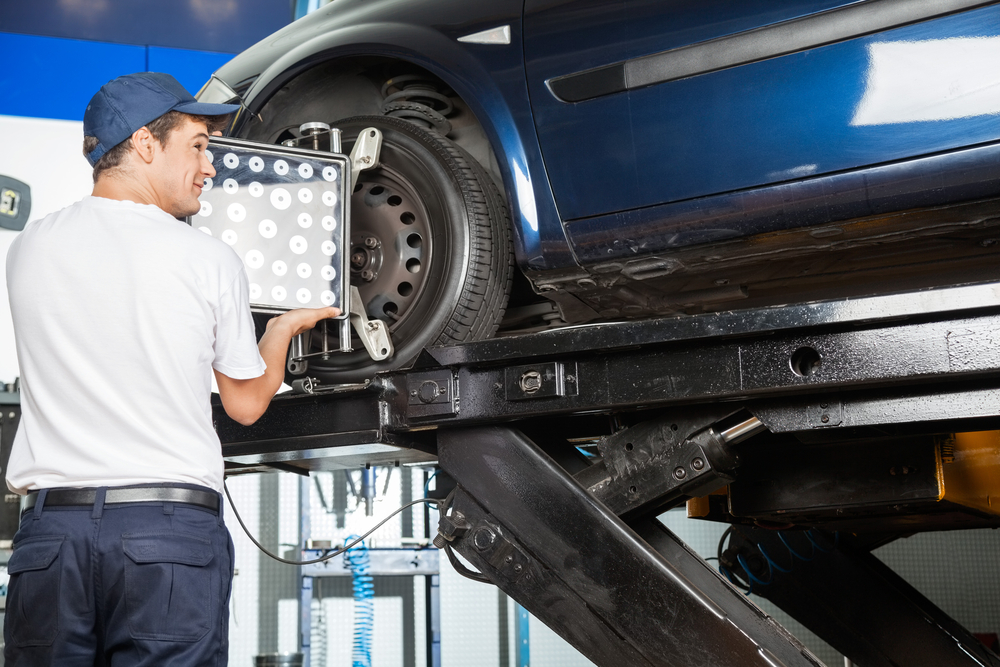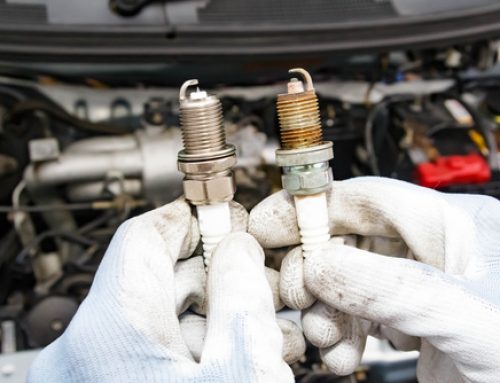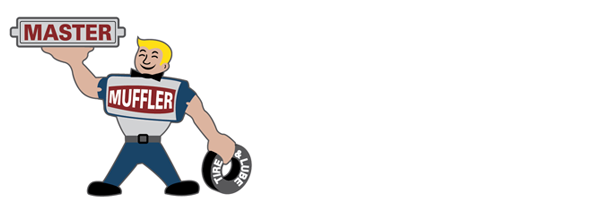Tire alignment is one of those little maintenance tasks that you probably don’t think about, but are important for the long-term health of your vehicle and tires. The good news is, even if you aren’t thinking about it, your car’s tires are probably getting routinely aligned, even if you don’t realize it. This is because most reputable auto shops will throw in a free tire alignment when you bring your car in for other maintenance, such as changing your oil or getting a full-service engine inspection.
Still, you should be aware of how to recognize when your tires are misaligned, so that you can correct them before too much damage is done…
If Your Vehicle “Drifts”
If you start to feel that your car is pulling left or right when you are driving, then it could mean that the tires are misaligned. This can be a bit of a tricky thing to tell, since imperfections in the road will make your car slightly drift, even if you are driving down a straight road. However, if you know your vehicle’s tendencies, and can feel a notable difference in how it is drifting, then it might be time to take it in for an alignment.
Check Your Tire “Wear”
When tires are misaligned, the tread on your tires will start to wear down differently in specific places. This one can be tricky to recognize if you don’t work with cars regularly, but if you notice a dramatic difference in how one tear is wearing away quickly on the outer edge, but the other isn’t, then that could mean that you need an alignment (this is just one example).
If the Handling Feels “Off”
Your car’s steering wheel should be finely tuned to move the tires as you please. If you feel like you are compensating pressure to make up for your vehicle’s lack of handling, then that could be a sign that the alignment is off, among other things. Generally, this will feel like the handling is very loose, and that you need to heavily overcompensate on corners and turns.
Your Steering Wheel is “Crooked”
If your car has an ideal tire alignment, then your steering wheel should stay centered on a flat road, or return to center after a turn. Now, obviously because of imperfections in the road it may not always be perfectly centered, but it should remain so within reason. If your steering wheel returns to a naturally “crooked” position, then something is clearly wrong with the alignment.







